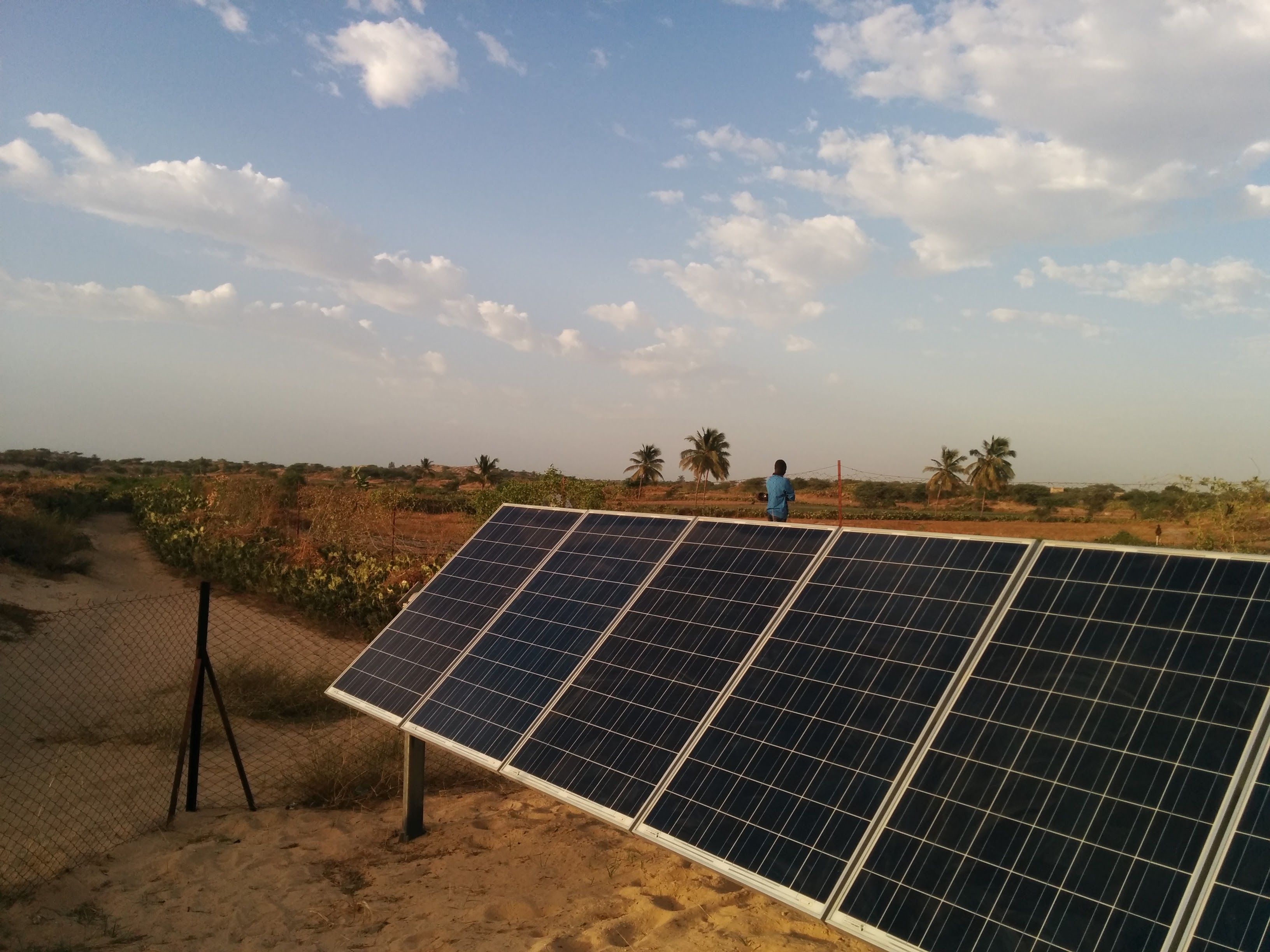Celebrating More Than a Year of Shared Irrigation
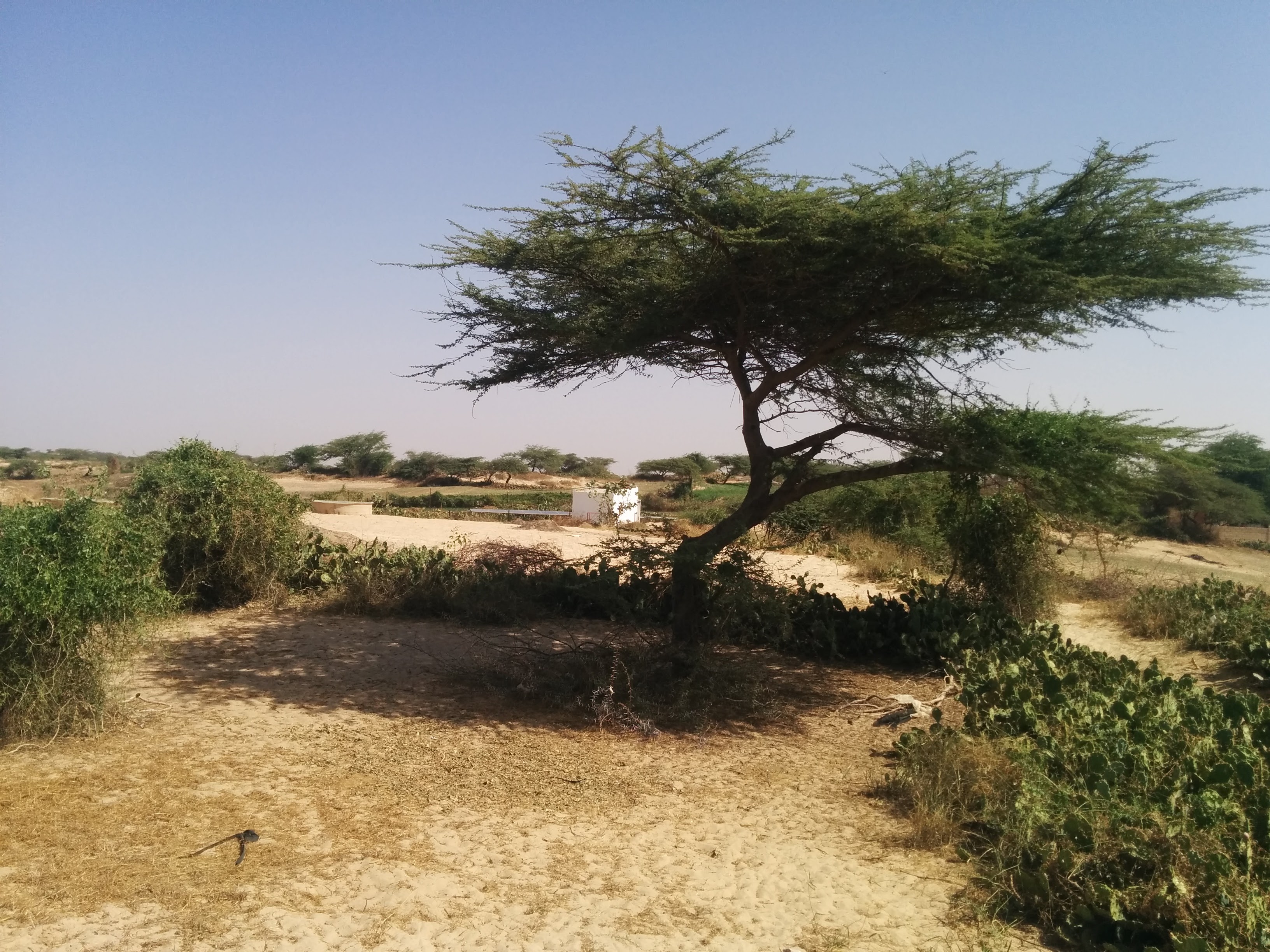
The one year anniversary has come and gone for our shared irrigation system dubbed Acacia Irrigation. Three systems each serving seven small farms are up and running in Senegal. All three systems have seen high usage almost since the time of installation, and now they are all running with full utilization.
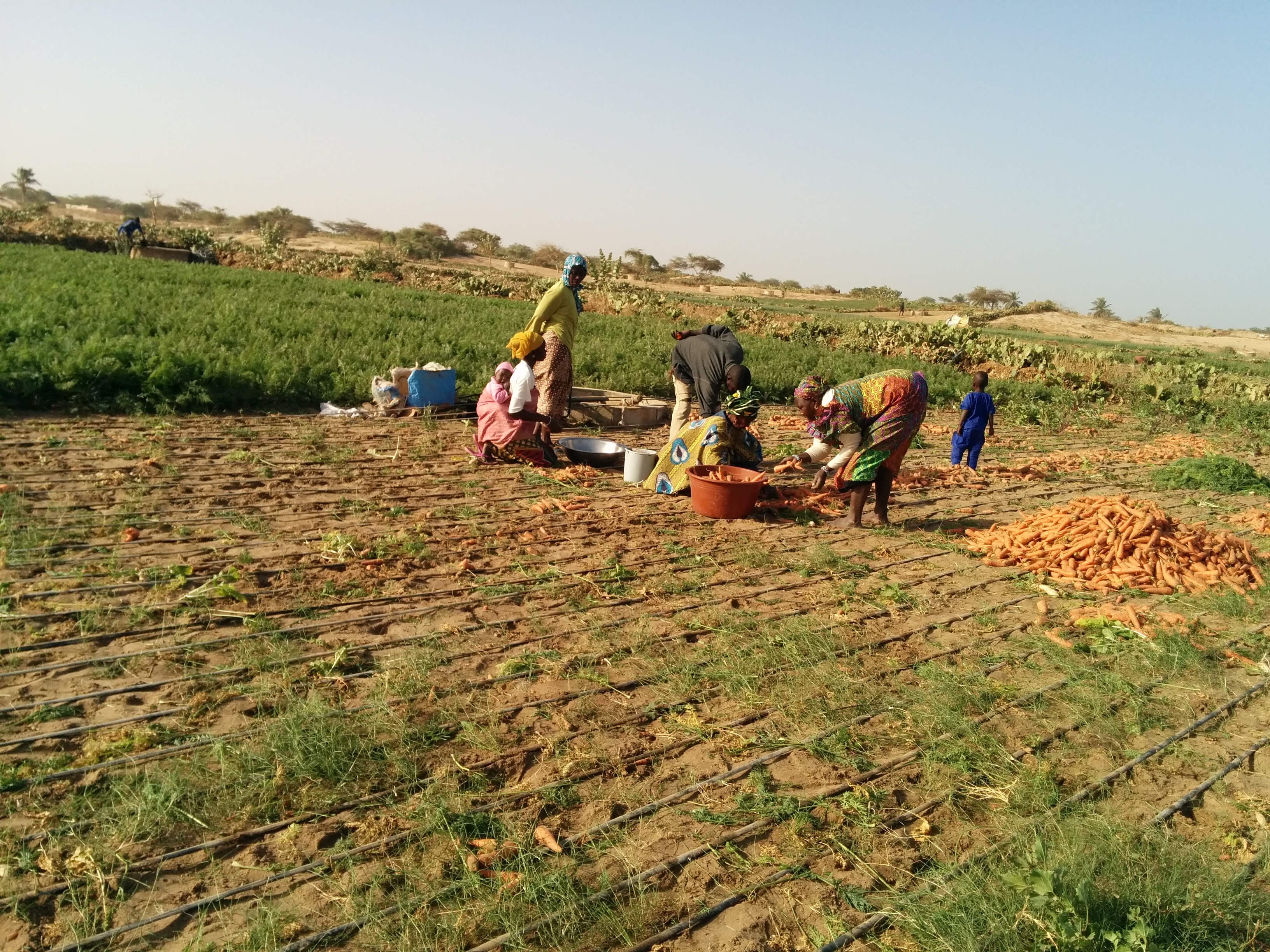
![]()
In the plot below you can see the utilization over the course of a farming season. It fluctuates as the events in the season occur. The initial nursery stage shows low utilization, holidays show days of little to no use, and periods of harvest show decreases in pumping. April shows the staggered end to a growing season. However towards the end of the campaign all sites converged to approximately 30 kWh of pumping per day. Each site has the ability to support three 0.75 kW rated pumps drawing about 1.6 kW of three phase power at periods of good sunlight simultaneously. With a 4.8 kW tracked array this amount of pumping necessitates good sunlight nearly all day, from ten in the morning to five in the afternoon. In the Niayes zone of Senegal where the project is located, there is relatively predictable sun 9 months of the year which makes the area a perfect testing-ground for this technology.
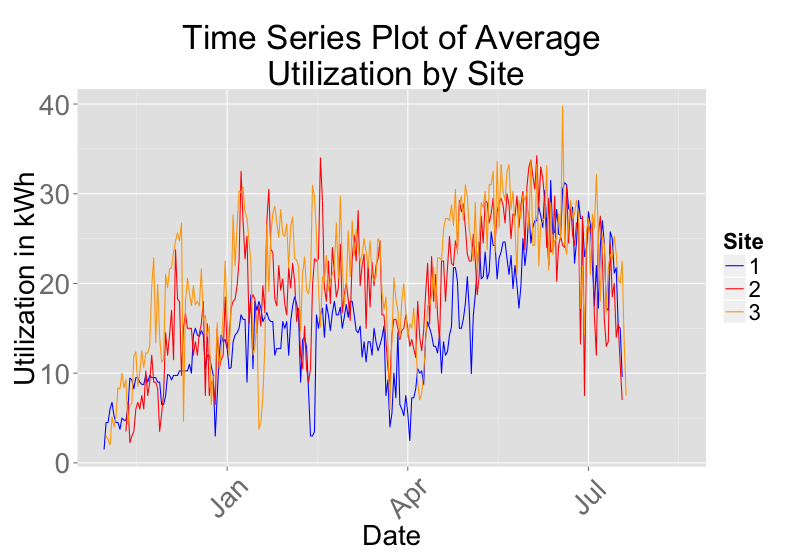
Our prototype systems have increased the value of our farmers’ land. Since installation, annual revenue per hectare is approximately 14,000 USD with the average plot size of 1/3 hectare. No fuel means significant savings from hiring labor, less time spent procuring fuel and the added benefit of avoiding cumbersome maintenance. Near-daily availability of water implies efficient water management through use of drip lines. One customer, Ndiogou Diop, said, “I’m very lucky to be part of this pilot program. During the last campaign before the solar system I had 50 sacks of onions and for this last campaign, I have 97 sacks.” That increase in production means a huge increase in income for the farmer as well as the added benefit of more food availability in the region.
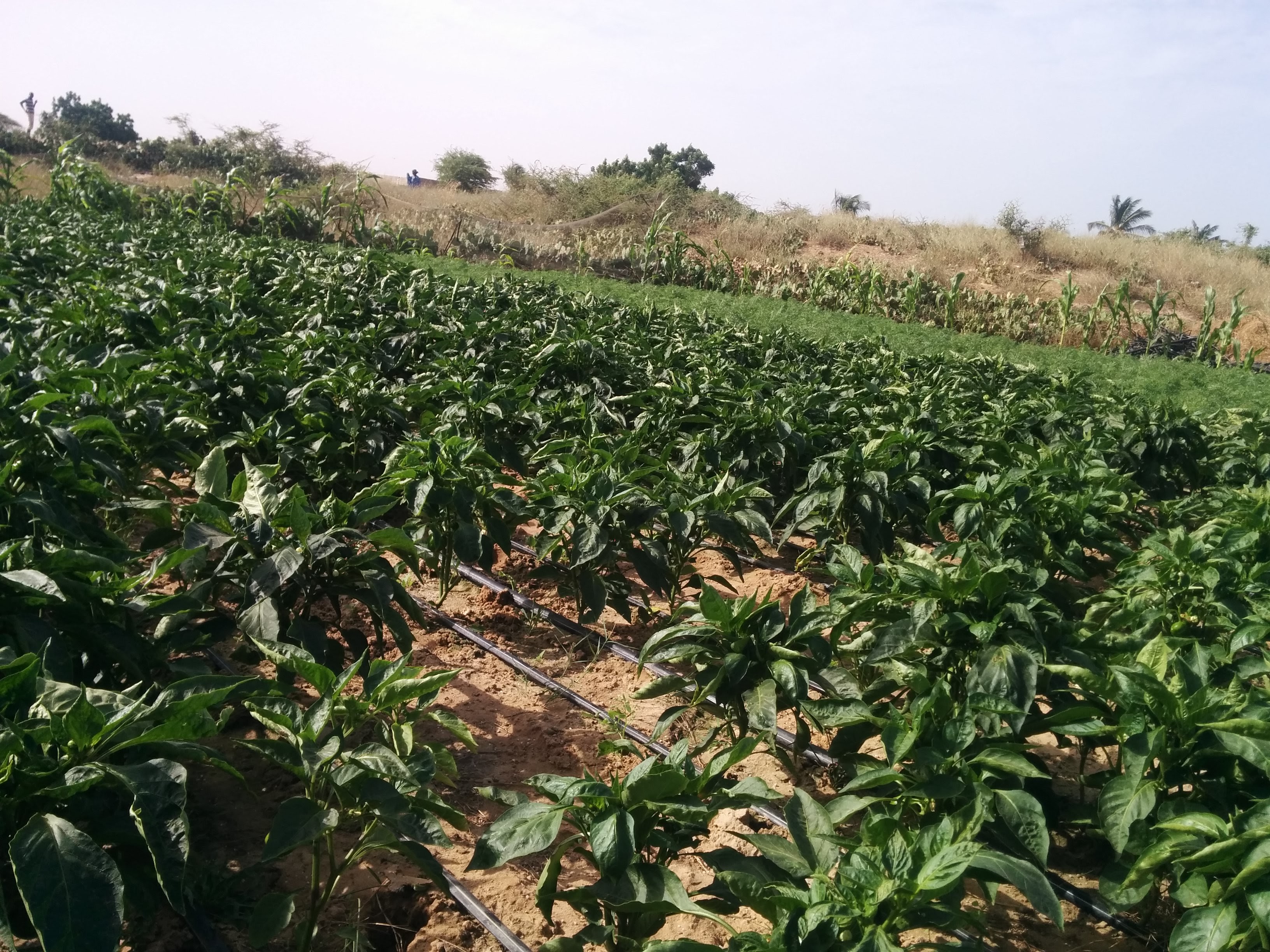
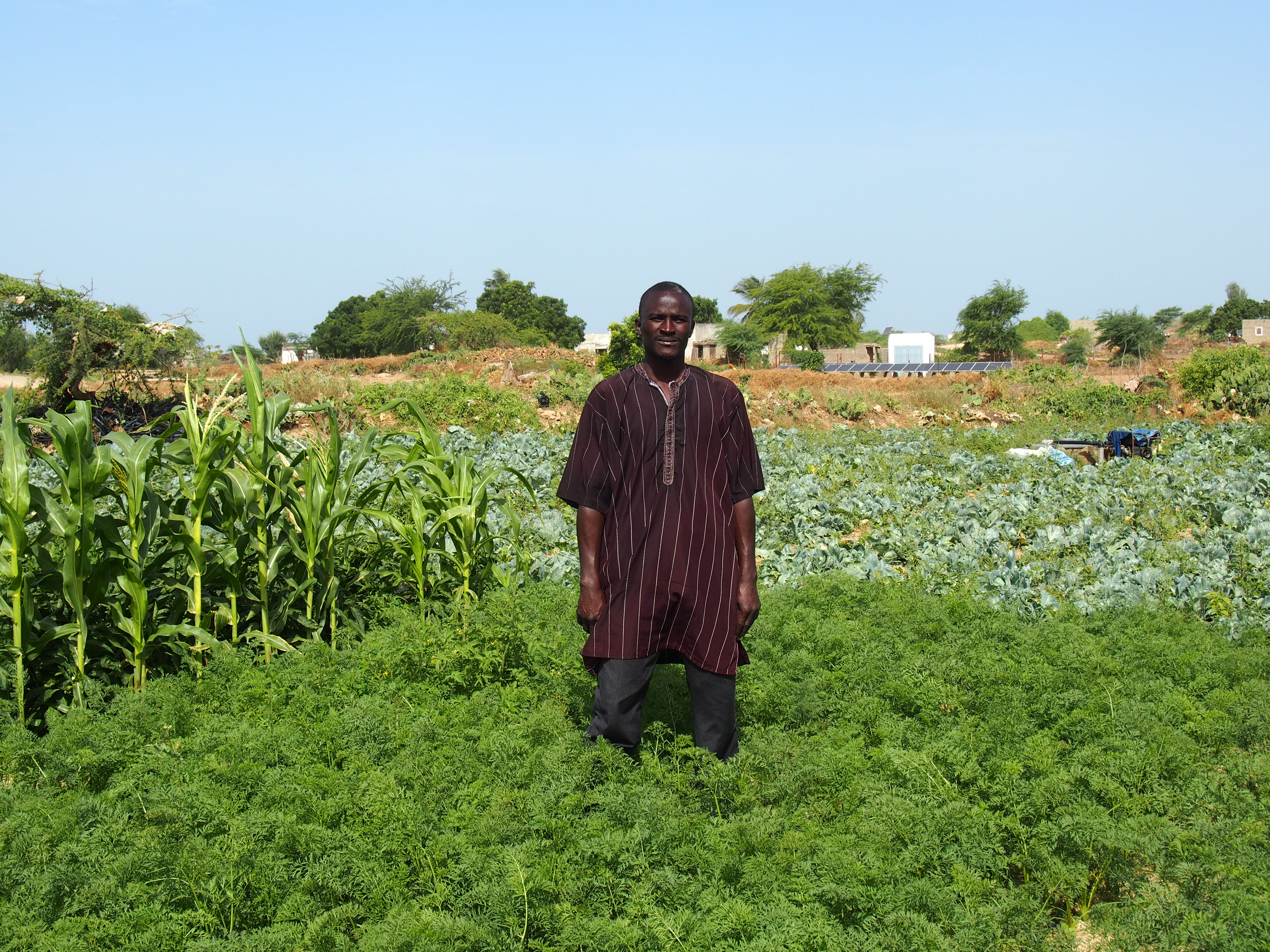
Currently, each farming community manages its own system; it acts as a decisive controlling entity, collecting revenue and using it whenever the system requires maintenance. In the future, however, the goal is to have a commercial entity own the system. This will allow the project to grow and establish true economic viability. The Quadracci Sustainable Engineering Lab is looking for partners to help with this expansion.
